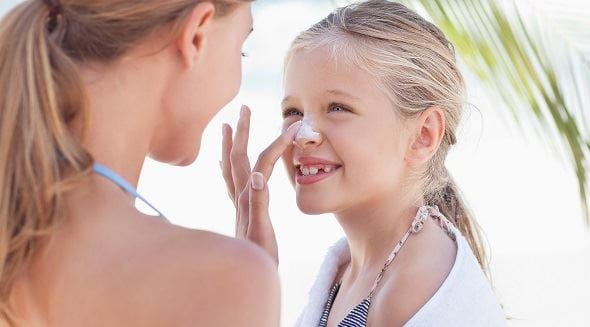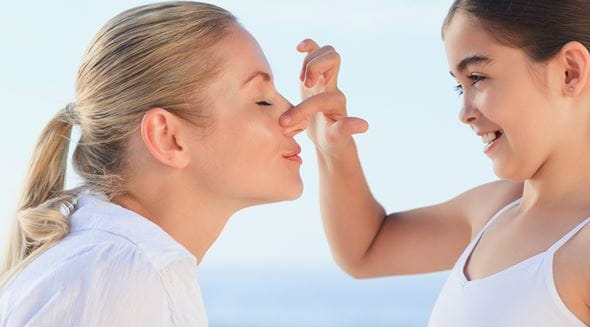
Photoaging and Sun Damage: What are they and how to prevent them!
Living in a sunny region like ours means frequent exposure to sunlight, which can have both positive and negative effects on the skin. While sunlight is essential for vitamin D production, prolonged exposure to ultraviolet (UV) rays can lead to sun damage, including photoaging.
Protecting your skin from the sun isn’t just about beauty—it’s essential for maintaining the health of your skin. In this article, we’ll dive deep into what is photoaging and sun damage, their causes, and how to prevent sun damage with proper skincare habits and the right products. If you’re concerned about your skin’s health and appearance, this guide is for you!




